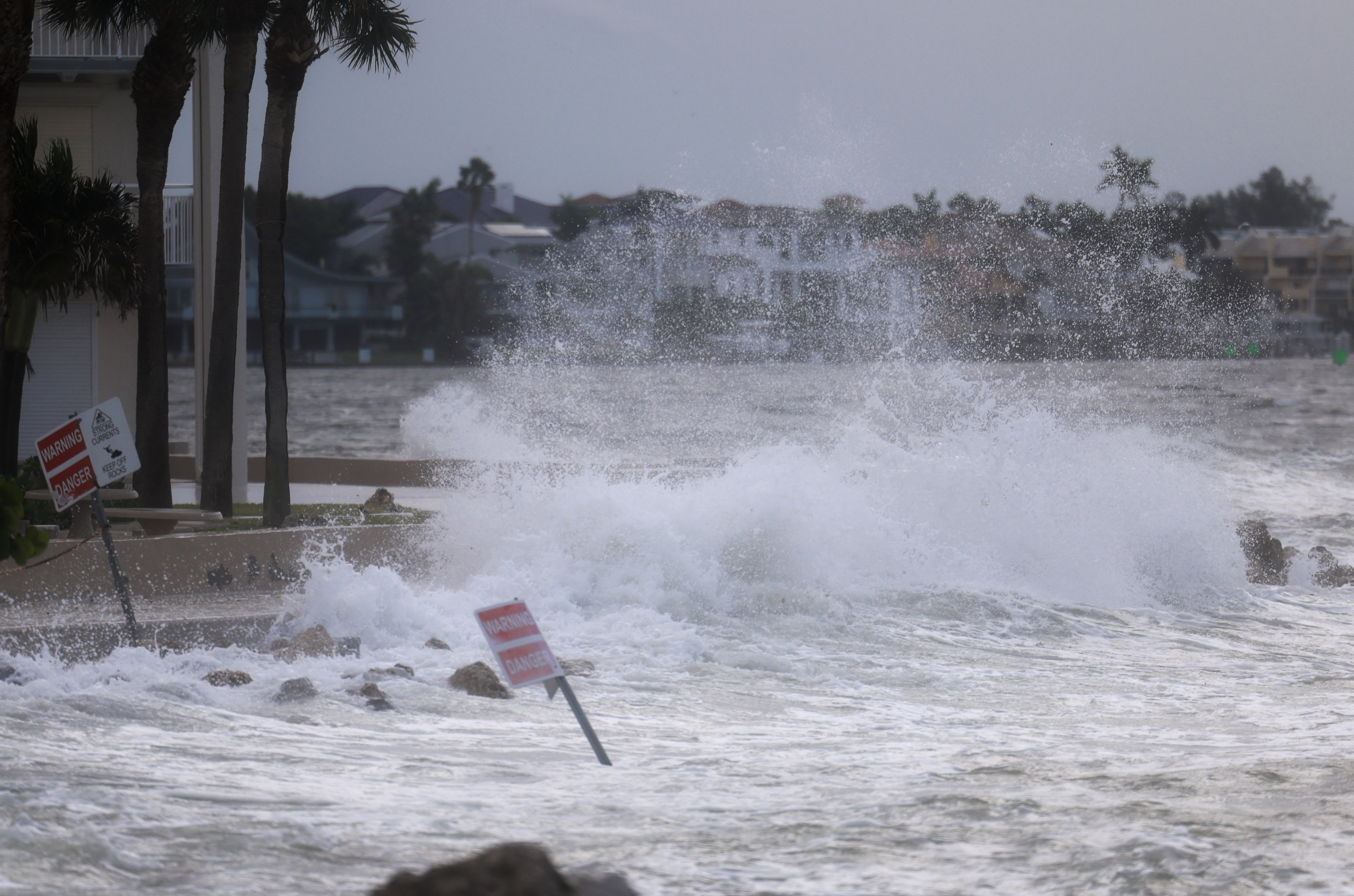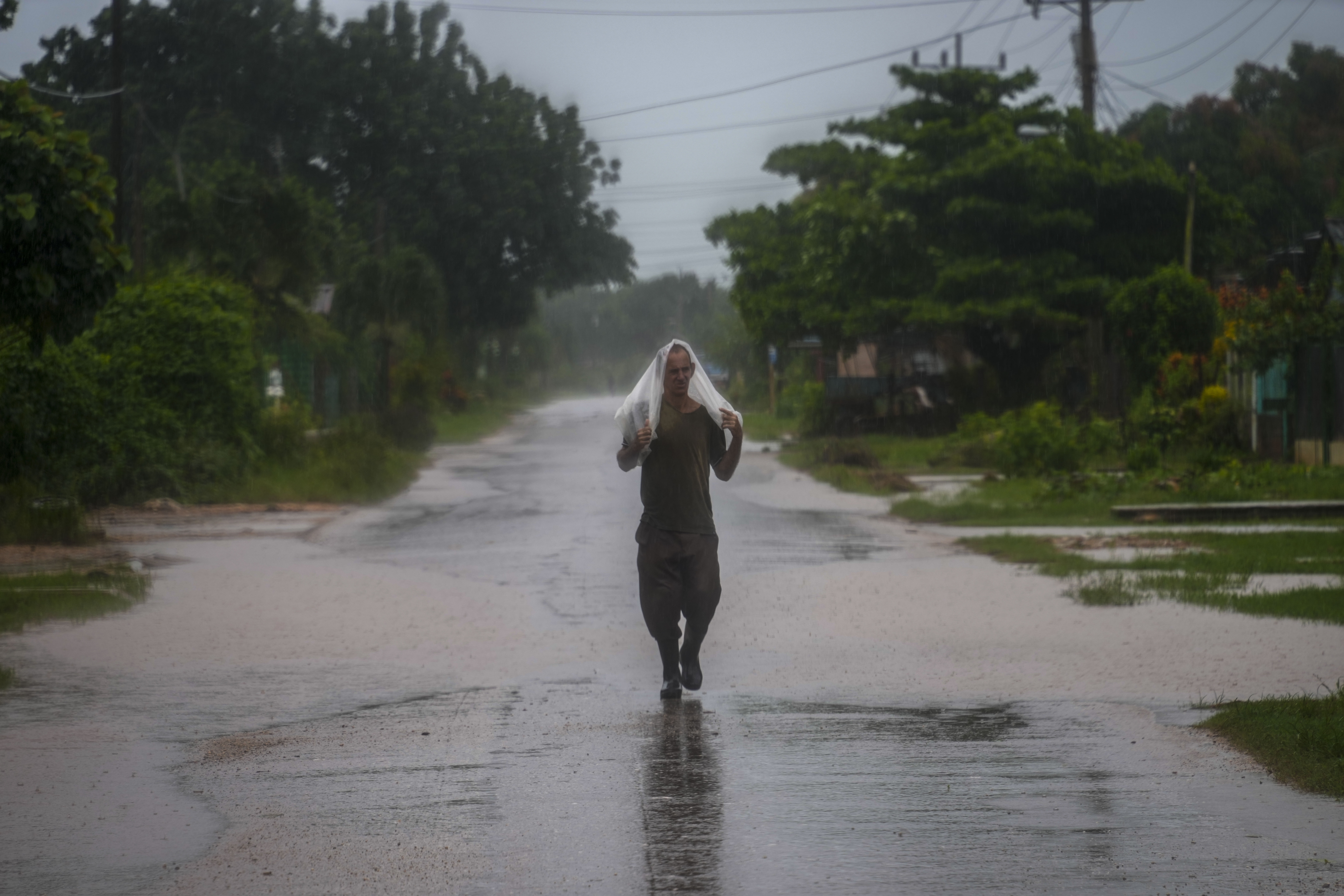Believe it or not, there is a rich history behind how hurricanes get their names.
Hurricanes are named from pre-determined lists maintained by the World Meteorological Organization, which rotate every six years and alternate between male and female names. Names are retired if a storm is particularly deadly or costly to avoid future confusion and sensitivity issues.
With Category 2 Hurricane Helene racing through the Gulf of Mexico on a path to make landfall in Florida, forecasters are anticipating "potentially catastrophic" winds to hit certain parts of the state on Thursday.
With all eyes on Helene, here's a look at just how hurricanes get their names.
Get top local stories in Southern California delivered to you every morning. Sign up for NBC LA's News Headlines newsletter.
Why do we name hurricanes?
The history of naming hurricanes dates back to the 1800s, with the earliest evidence of named storms found in Puerto Rico. People in the island nation would name storms after the saint of the day from the Roman Catholic liturgical calendar for the day on which the hurricane struck.
For example, there was "Hurricane Santa Ana," which struck Puerto Rico with brute force on July 26, 1825, and "San Felipe the first" and "San Felipe the second" which hit Puerto Rico on Sept. 13 in both 1876 and 1928, according to NOAA.
Until the early 1950s, U.S. scientists tracked tropical storms and hurricanes by year and the order in which they occurred during that season.
However, they quickly realized that naming storms before they hit land reduced confusion when communicating advisories in cases where multiple storms were swirling in a region at the same time.
In 1951, the U.S. began naming storms, initially using a phonetic alphabet (Able, Baker, Charlie) before changing it to all female names in 1953, according to NOAA.
The practice of naming hurricanes solely after women came to an end in 1978 when men's and women's names were included in the Eastern North Pacific storm lists. In 1979, male and female names were included in lists for the Atlantic and Gulf of Mexico.
How do hurricanes get their names?
The National Hurricane Center doesn't decide the names of tropical storms. That role is the job of the World Meteorological Organization, a special international committee of scientists.
For each of the world's primary storm regions, there are six lists of 21 names — one for each letter of the alphabet except for letters Q, U, X, Y, or Z due to limited availability — that are used on an annual rotation.
In the U.S., storms that could impact the eastern part of the country follow the Atlantic list; storms that impact the west coast of the Americas use the Eastern North Pacific list; and Hawaii follows the Central North Pacific list.
Names are removed from the lists if a storm is so deadly or costly that the future use of its name on a different storm would be inappropriate. If that occurs, the committee retires that name and replaces it with another. Hurricanes Andrew, Sandy, Hugo, and Ida are all examples of retired storm names.
Names have also been removed from lists due to changing cultural and political sensitivities.
What happens if there are more storms in a season than names on a list?
When the number of named storms in a season exceeds 21, the WMO uses a supplemental list of names beginning at the start of the alphabet with the letter A. This supplemental list is a new change to the system. Until 2021, the organization used Greek letters when the Atlantic ran out of names for the year. However, the committee said the practice was confusing because the letters Zeta, Eta and Theta sounded so similar it caused problems.
The WMO has retired 94 hurricane names in the Atlantic because of a storm’s deadly history and 12 of them started with the letter I. No other letter is even close. National Hurricane Center senior hurricane specialist Daniel Brown, who is on the WMO committee, told the Associated Press the reason is probably because hurricanes get named in alphabetical order and “by the time we get to the I name we’re into the peak hurricane season” and the storms are the type that live longer and are stronger.
In the Eastern North Pacific basin, which includes the west coast of the Americas, 15 names have been retired.
What are the names of the hurricanes that hit the U.S. in 2024?
Alberto, Beryl, Chris, Debby, Ernesto, Helene, Isaac, Joyce, Kirk, Milton, Nadine, Oscar, Patty, Rafael, Sara and Valerie.



